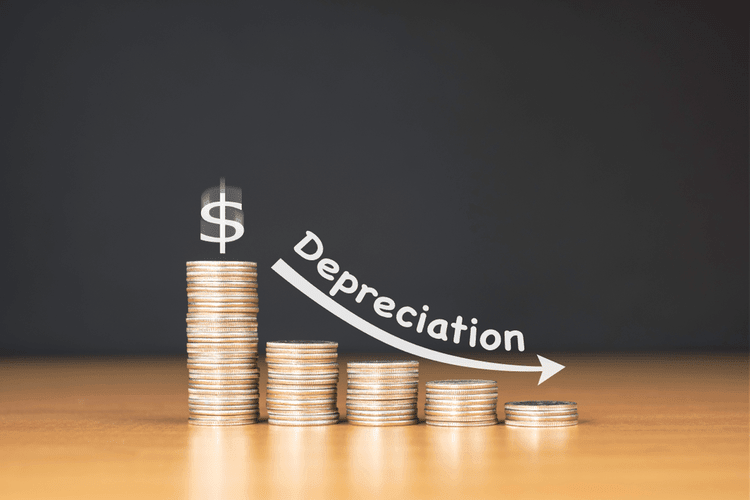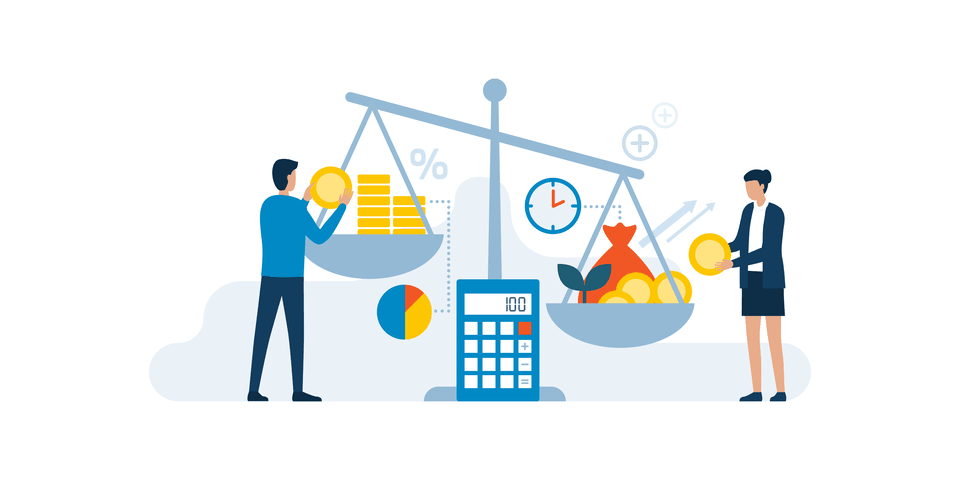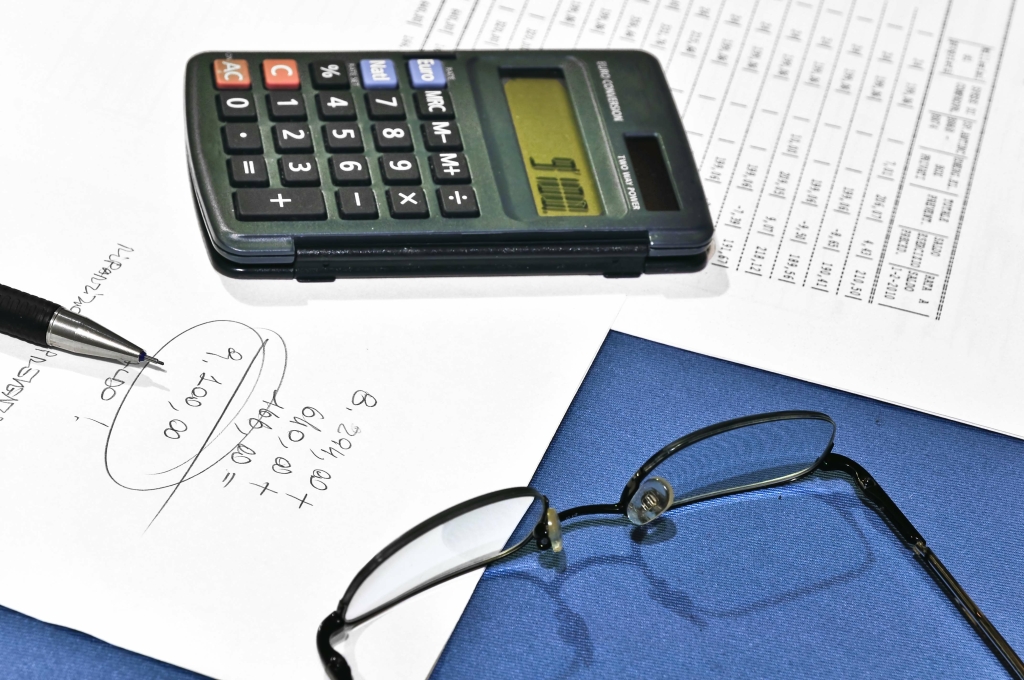Current Assets vs Noncurrent Assets: What’s the Difference?

It includes money that is present in a company’s bank Airbnb Accounting and Bookkeeping account or petty cash drawer as of the date of the financial statements. The general ledger cash balance should be reconciled to the company’s bank statement on a monthly basis, at a minimum. To make tracking current assets easier, it’s best practice to separate your long and short-term investments on the balance sheet. While these services aren’t converted into cash, they are still redeemed within the year and are included in the current assets calculation.
Business is Our Business
For example, Apple, Inc. lists several sub-accounts under Current Assets that combine to make up total current assets, which is the value of all Current Assets sub-accounts. Prepaid expenses are payments made in advance for a future service that has not yet been provided. Prepaid expenses are recorded as a current asset because the value of the prepaid expense should be realized over the near term. When a company receives the benefit of the prepaid expense, it is expensed. It is the sum of all cash accounts that appear on a company’s general ledger.

Incredible Small Business Opportunities for 2025 and Beyond
- Thus, their cars are considered inventory, even though they have plenty of pencils in their offices.
- Current assets are typically listed in the assets section of a balance sheet, reflecting their importance in managing liquidity.
- For a company, a current asset is an important factor as it gives them a space to use the money on a day-to-day basis and clear the current business expenses.
- Inventory includes raw materials, items in production, and finished goods that a business holds to be sold shortly.
- Below is a consolidated balance sheet of Nike, Inc for the period ending May 31, 2022.
- Total current assets is the sum of all cash and other assets that quickly convert into cash.
- According to Apple’s balance sheet for fiscal year 2023, it had $143 million in the Current Assets account it could convert to cash within one year.
Prepaid expenses might include payments to insurance companies or contractors. Non-current assets, on the other hand, are long-term investments that take more than a year to be liquidated or converted into cash. Unlike current assets, non-current assets are intended to cover long-term liabilities and obligations. These assets provide ongoing value to the business over time and support its long-term strategic goals, such as growth, expansion, and maintaining operational capacity. Short-term assets are items that a company expects to convert to cash in one year. Examples of short-term assets include cash, accounts receivable, and short-term investments.
Cash Equivalents

However, there are some Certified Public Accountant common types shared by businesses of all sizes and industries. The current ratio is used to understand how prepared a business is to pay down its debt. The business could liquidate all of its assets, pay down its debts, and have money left over. Generally speaking, all liquid assets are current assets but not all current assets are liquid assets. Whether you work with an accountant or have an internal team run your numbers, every business balance sheet must track current assets.
It’s the money that clients or customers still owe you for services already rendered or goods already delivered. Understanding what types of assets you have will give you a clearer idea of which ones can be converted to cash to fund your business endeavors. If you need a quick way to remember what’s considered non-current, think property, plant, equipment, and intangible assets.
- Similar to the example shown above, if the cash ratio is 1 or more, the company can easily meet its current liabilities at any time.
- The assets included in this metric are known as “quick” assets because they can be converted quickly into cash.
- Details of other assets held by the Company are generally provided in the notes to the financial statements.
- As an Investopedia fact checker since 2020, he has validated over 1,100 articles on a wide range of financial and investment topics.
- Current assets are just one part of a company’s overall financial picture.
- Short-term investments include a certificate of deposit, mutual funds and Treasury bonds.
- Companies often use just-in-time (JIT) systems to align production with sales forecasts, reducing carrying costs and waste.
Resources

Long-term investments, such as bonds and notes, are also considered noncurrent assets because a company usually holds them on its balance sheet for over a year. The total current assets figure is of prime importance to company management regarding the daily operations of a business. As payments toward bills and loans become what are current assets due, management must have the necessary cash. The dollar value represented by the total current assets figure reflects the company’s cash and liquidity position. It allows management to reallocate and liquidate assets—if necessary—to continue business operations. Operating cycle is the time it takes to convert your inventory into cash.